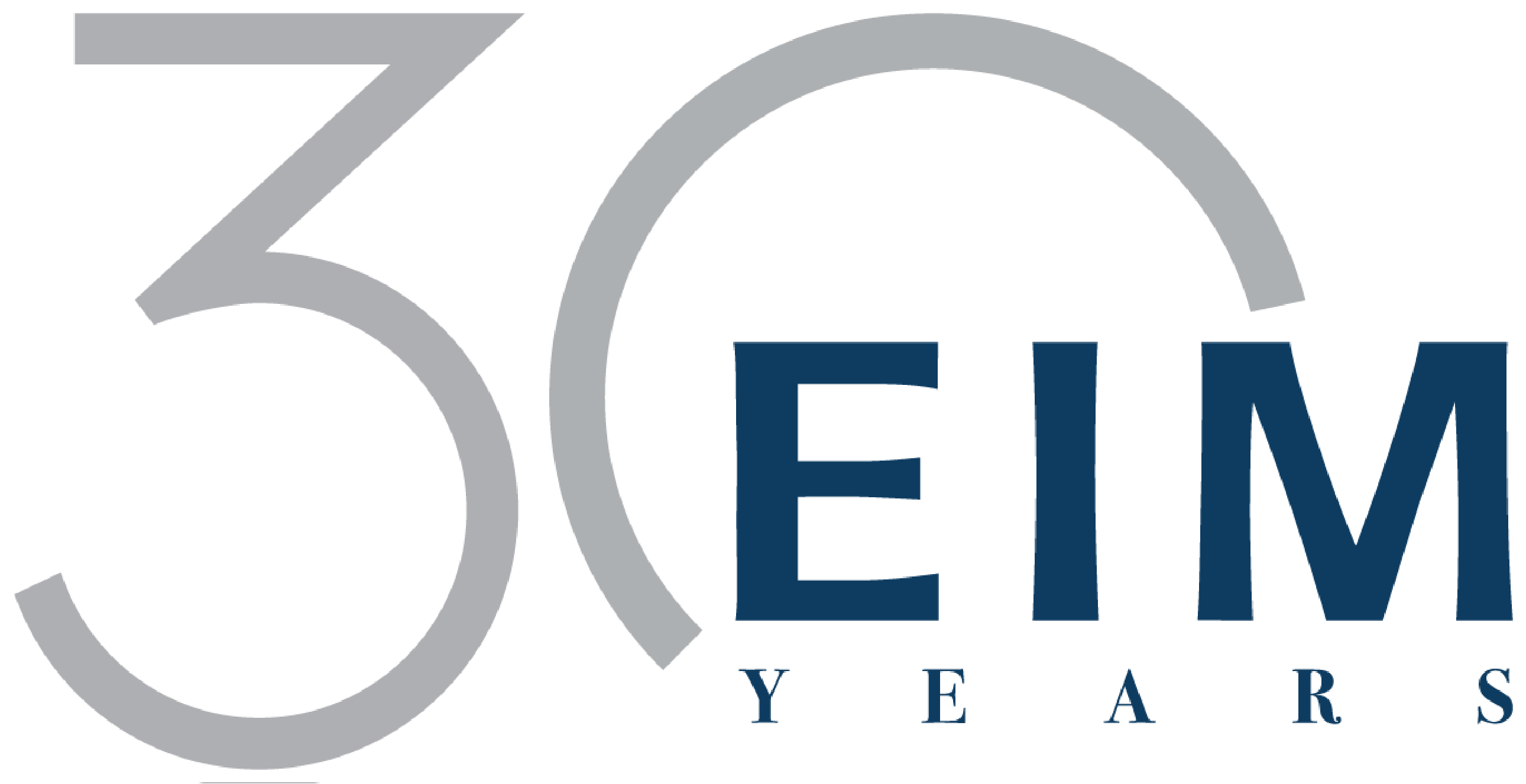Interpreting VC Forecasting and PE IPOs Investors and entrepreneurs may find two articles in the University of NSW Business School’s Business Think newsletter of particular interest. One focuses on forecasting and the other on how to avoid picking a Dick Smith dubbed “one of the great heists of all time” or a Myer which “still rankles” a decade on. In the financial forecasts entrepreneurs provided to their investors, the study found that, on average, they overshot realised revenues in the next year by about 22%. In particular, founder-CEOs overshot realised revenues by about 15%, while non-founder-CEOs do so by 27%. Summing up, Associate Dean of Research and Professor of Management at UNSW Business School Frederik Anseel says: “First, a 0.1 multiplicator, as suggested by Guy Kawasaki, seems a vast exaggeration of the average optimism we observe; a 20% discount seems more in line with reality. Second, investors may also want to differentiate between founders and non-founders, because especially non-founders are more prone to over-optimistic forecasts. This observation runs counter to the intuition of many investors.” Read more here. The second article, by Associate Professor School of Banking & Finance Mark Humphery-Jenner, states that the average private equity-backed IPO performs strongly but research shows 7 danger signals that it may not: 1. A short investment period of 1 to 2 years is likely insufficient time to fully transform a company and prepare it for listing. (See the Dick Smith 2012 and the Myer 2009 floats mentioned in the first paragraph.) 2. Prior litigations warrant further scrutiny. 3. The backer’s portfolio size may indicate they’ve spread themselves too thinly. 4. Geographic distance between the private equity (or VC) fund and the portfolio company could be a concern. 5. Having more backers is generally beneficial, but there are diminishing returns, with each additional supporter likely to have less scope to incrementally benefit the company. 6. Geographic diversification of the backers may indicate a breadth of experience and connections, but look to the fund’s records to see if such diversification has benefited the fund’s investments previously. 7. Continued involvement. The private equity fund’s continued involvement in the company exceeding the minimum time, or amount, legally required is generally a positive sign. | 

